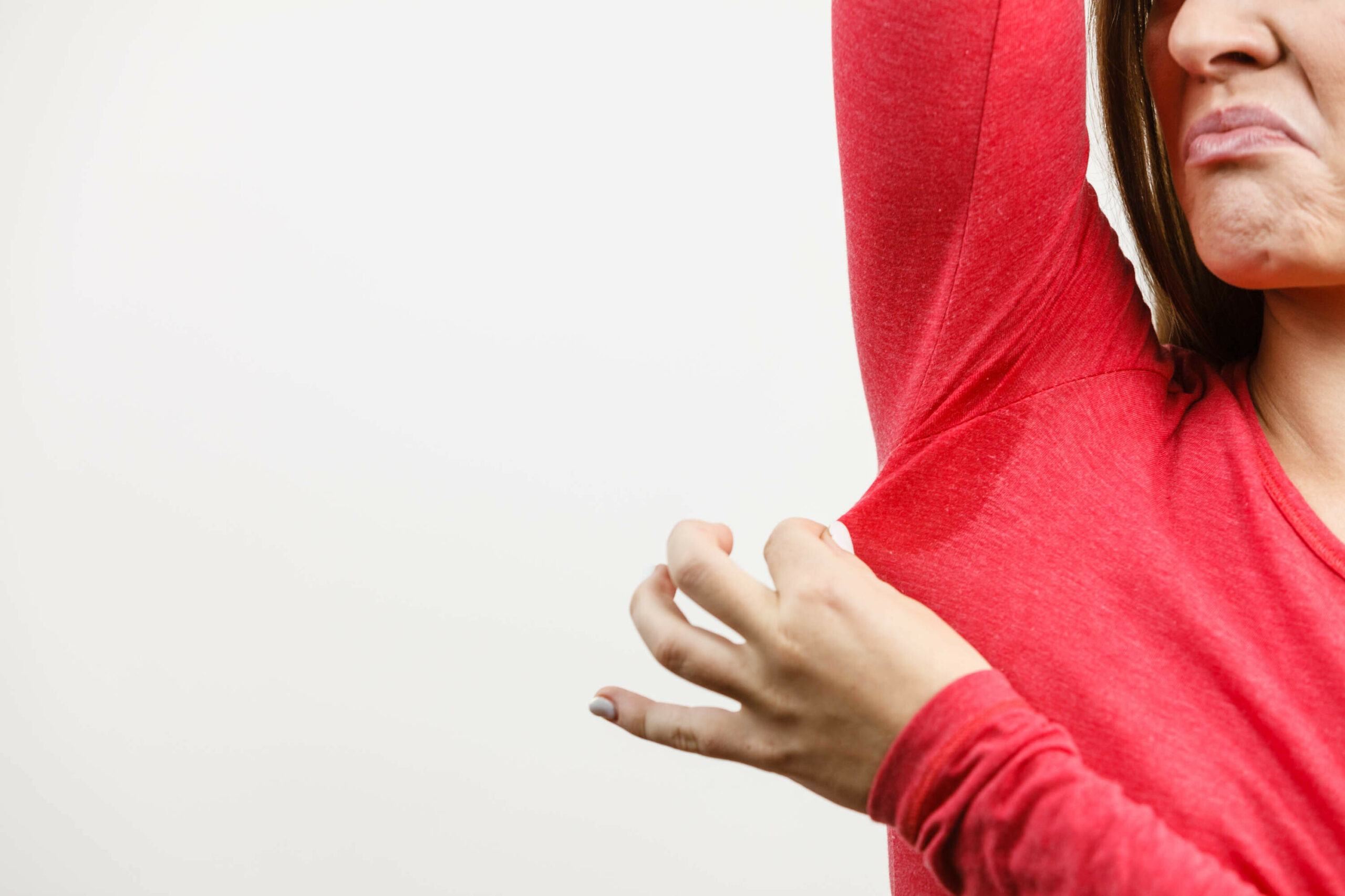
Bromhidrosis
If you’ve never heard of the term “bromhidrosis,” you’re likely not alone. Bromhidrosis is a medical condition that is similar to the better-known condition of hyperhidrosis or excessive sweating. However, the symptoms of bromhidrosis are distinct, and they can negatively impact your quality of life and self-esteem.
Read on for what you need to know about bromhidrosis and how to manage it.
Defining Bromhidrosis
Bromhidrosis, also known as bromidrosis, osmidrosis, or ozochrotia, is a medical condition characterized by foul or unpleasant body odor. A certain degree of sweat and body odor is normal for many people. However, if you have noticed that your underarm odor is excessive and interfering with your life, you may be suffering from bromhidrosis.
Understanding the Basics of Bromhidrosis
There are two primary forms, or contributors, of bromhidrosis, and each is defined by the type of sweat glands that are involved: the eccrine glands or the apocrine glands. Your eccrine glands are located all over your body, and they are important for your body’s ability to control temperature through sweating. When you have a diagnosis of hyperhidrosis, it’s the eccrine glands that are involved. These glands secrete a watery, odorless form of sweat. In contrast, your apocrine glands are found only in specific places on your skin, such as your armpits, genital region, and underneath your breasts. Your apocrine glands are important for your body’s release of pheromones, and they secrete a characteristic oily substance. When you have bromhidrosis, it’s typically the apocrine glands that are involved.
Causes of Bromhidrosis
The apocrine glands are the most common contributor to bromhidrosis. This occurs when the apocrine glands release their oily fluid onto the surface of the skin, and the bacterial cells break down this fluid, causing a characteristically strong scent. Certain bacterial species living on your skin may be more likely to contribute to excessive body odor than others.
The eccrine glands can also contribute to bromhidrosis. Although the sweat produced by eccrine glands is odorless, it can result in a foul smell when mixed with bacteria on our skin. Eccrine bromhidrosis may be caused by certain medications and dietary components such as garlic, curry, onion, and alcohol.
Symptoms of Bromhidrosis
The symptoms of bromhidrosis vary from person to person, but many are universal. Bromhidrosis is more likely to come from your underarm region, as this area hosts several apocrine glands. The smell of bromhidrosis may be reminiscent of something rotting or sour. You may notice some skin changes in the region where the odor is occurring as well, such as redness, rashes, or excessive moisture.
Beyond the physical symptoms of bromhidrosis are the psychological implications. Many people who are suffering from this condition fear social interactions and limit their exposure to certain activities (such as group exercise) due to embarrassment about their body odor.
Diagnosis of Bromhidrosis
A medical provider can typically diagnose bromhidrosis through a clinical exam and symptoms reported by the patient. While bromhidrosis can happen to anyone of any age, it is more likely to occur after puberty.
Managing Bromhidrosis
To help manage bromhidrosis, the first step is paying specific attention to your personal hygiene and adopting the use of antibacterial soaps and antiperspirants. Fabric choice also plays a role in managing this condition. Clothes made of natural fibers, such as cotton or linen, are breathable and aid in reducing body odor. If you notice that certain foods have a negative effect on your body odor, you may try to limit them from your diet as well.
If lifestyle changes are not having a significant enough impact on your bromhidrosis, then you may need help from a medical expert. Some patients benefit from prescription strength antiperspirants or other topical treatments to aid in management.
miraDry is the only non-surgical treatment to permanently reduce both underarm sweat and odor. To learn more about miraDry click here.
How to Get Support for Bromhidrosis
If you suspect you may be suffering from bromhidrosis, the experts at the Hyperhidrosis Center at Thoracic Group can help. Call us at (732) 247-3002 to schedule an appointment and our experienced team can work with you to develop a treatment plan to meet your goals.
